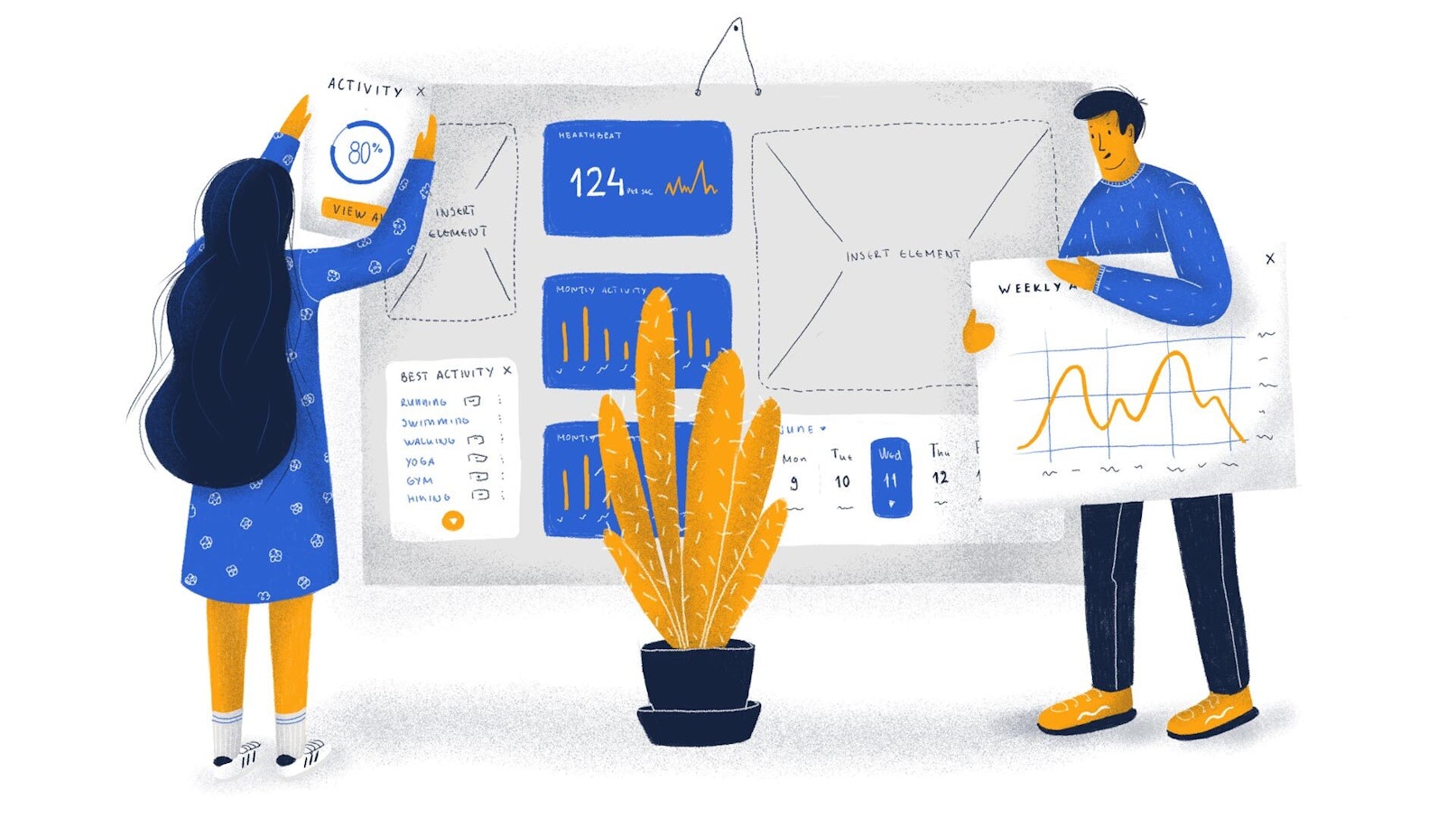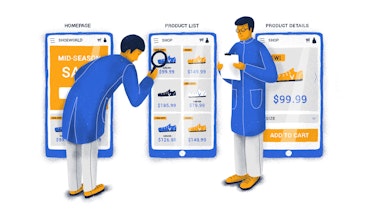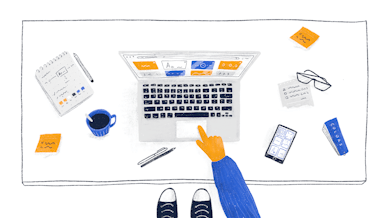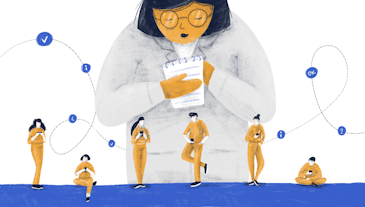A UX workshop is a crucial phase of a well-thought-out product. There is a wide variety of cases where such workshops can help solve pressing problems, critical for a project's success. They can range from tackling intricate design or UX issues to receiving constructive feedback on your designs.
However, despite being such a vital part of the process, user experience workshops are often poorly organized and managed. In today's article, we'll explore some valuable tips on how to run a UX workshop and how you should prepare for one.
So what is a UX workshop?
User experience workshops are aimed at solving critical issues and stimulating progress. These sessions are focused on a limited range of problems. This is why they allow teams to achieve actionable goals and detailed roadmaps for achieving them.
But first, how are workshops different from regular meetings?
They held to achieve a clear goal or develop a plan that would help reach a specific goal;
They take much longer to organize and plan;
They zoom in on a minimal list of topics, and their structure doesn't approve of going on tangents;
They are active in nature. All participants must be invested and involved in the discussion or the workshop's activities;
They are often much longer — while there are 1-hour workshops, they typically range from a few hours to an entire day;
Preparing a UX workshop
Planning a workshop can be time-consuming — we need to be mindful of that. Generally, the first instinct is to start working on the activities, since they're at the crux of the workshop.
However, it's essential to underline that there is a bunch of things we need to take care of before we address the process. It's always a good idea to look into goals and strategy first.
A workshop's goals
Goals generally fall into (but are not limited to) these four standard categories:
Consensus — finding common ground within teams/departments;
Learning — sharing in-depth insight into an important topic;
Ideation — exploring new ideas or potential solutions to specific problems;
Building relationships — connecting people within departments;
Assess the gap
Once you've defined the workshop's goals, you can establish what kind of information you lack, in order to achieve them. Ask yourself: "What questions must we answer to reach the desired solution?".
Here are a few examples:
Who is our end-user, and what problems are they looking to solve?
What are our users' most powerful inner motivations?
Is the research we have sufficient?
What other data do we need to improve user experience?
How do we achieve that?
Now that you've explored the central goals and the questions that need to be answered, you can identify the most suitable processes.
UX workshop activities can be very diverse and they all serve different purposes. Here are a few of them:
Post up
Affinity diagramming
Dot voting
Landscape mapping
Forced ranking
Storyboarding
Roleplaying
These activities can have an invaluable impact on:
Gap and pain point identification — discussing problematic areas that don't fit user journeys;
Defining an MVP — collectively defining high-level values by grouping themes in user stories;
Managing risks and expectations — establishing essential strategic steps to reach a favorable outcome;
Discovering scenario triggers and outcomes — determining key user tasks that have not been brought up in the user personas;
User needs prioritization — establishing the most important of user needs through argumentation;
Other important stuff
There are lots of things that also need to be taken into account that have nothing to do with UX as such. They are purely organizational in nature and are important for a "frictionless" workshop. Here are some of them:
Choose the right venue/location
Prepare the room
Make sure the invitees are also prepared
Consider arranging some snacks and water
Please note that workshops can also be held remotely. If you need to gather your team online, consider such tools as Miro, Whimsical or Figma. These instruments allow real-time collaboration, which is exactly what you need for a productive workshop.
Who needs to come?
It's essential that only the people that really need to be there attend the workshop. Having too many people that are not directly involved in the matter at hand can make things less productive and more scattered.
If your invitee list is getting big, consider running multiple workshops, rather than having an overcrowded one.
Similarly, it's important to look for people who will help you organize and manage the event. This will ensure that your facilitator's responsibilities will not overlap with workshop management responsibilities.
Common types of workshops
These events come in a variety of shapes and sizes. However, all of them are typically a variation of the following five central types.
Discovery workshops
Typically held to:
Define business requirements
Gather essential data from teams and stakeholders
Define project goals and priorities
Empathy workshops
Typically held to:
Learn more about end-users
Establish users' needs and motivations
Create empathy for end-users
Design workshops
Typically held to:
Solve significant design problems;
Incorporate multiple perspectives into your product's design;
Instill shared ownership;
Prioritization workshops
Typically held to:
Establish essential features and values;
Create consensus among teams and team members;
Establish which features should make it into the MVP;
Critique workshops
Typically held to:
Understand how well existing designs satisfy UX needs;
Identify potential optimizations and improvements;
Thoroughly analyze whether user flows, and usability heuristics are up to par;
We also have a comprehensive video that covers all aspects of heuristic evaluation. Consider taking a look at it if you prefer watching over reading.
What are the benefits?
We've discussed workshop goals and requirements. Now, let's take a look at their benefits.
UI/UX design workshops are key for cultivating a company-wide understanding of the product and user-related issues. As a result, this allows people to work on a certain product to have a shared vision and direction.
They are essential when it comes to validating assumptions and looking for the best solutions for your users. This leads us to maximize the value your products offer to your customers.
All of these benefits ensure that your project will move forward with less uncertainty and a greater deal of success.
Wrapping up
Here are the central takeaways that will help you plan, organize, and run a successful UX design workshop:
Think about goals and strategies before diving into activities;
Choose the most suitable type of workshop and build your activities respectively;
Make sure to invite people that need to be there. When it comes to invitations, less is more;
Aside from UX-related stuff, make sure to choose a suitable venue and ensure that invitees have access to water and snacks;




